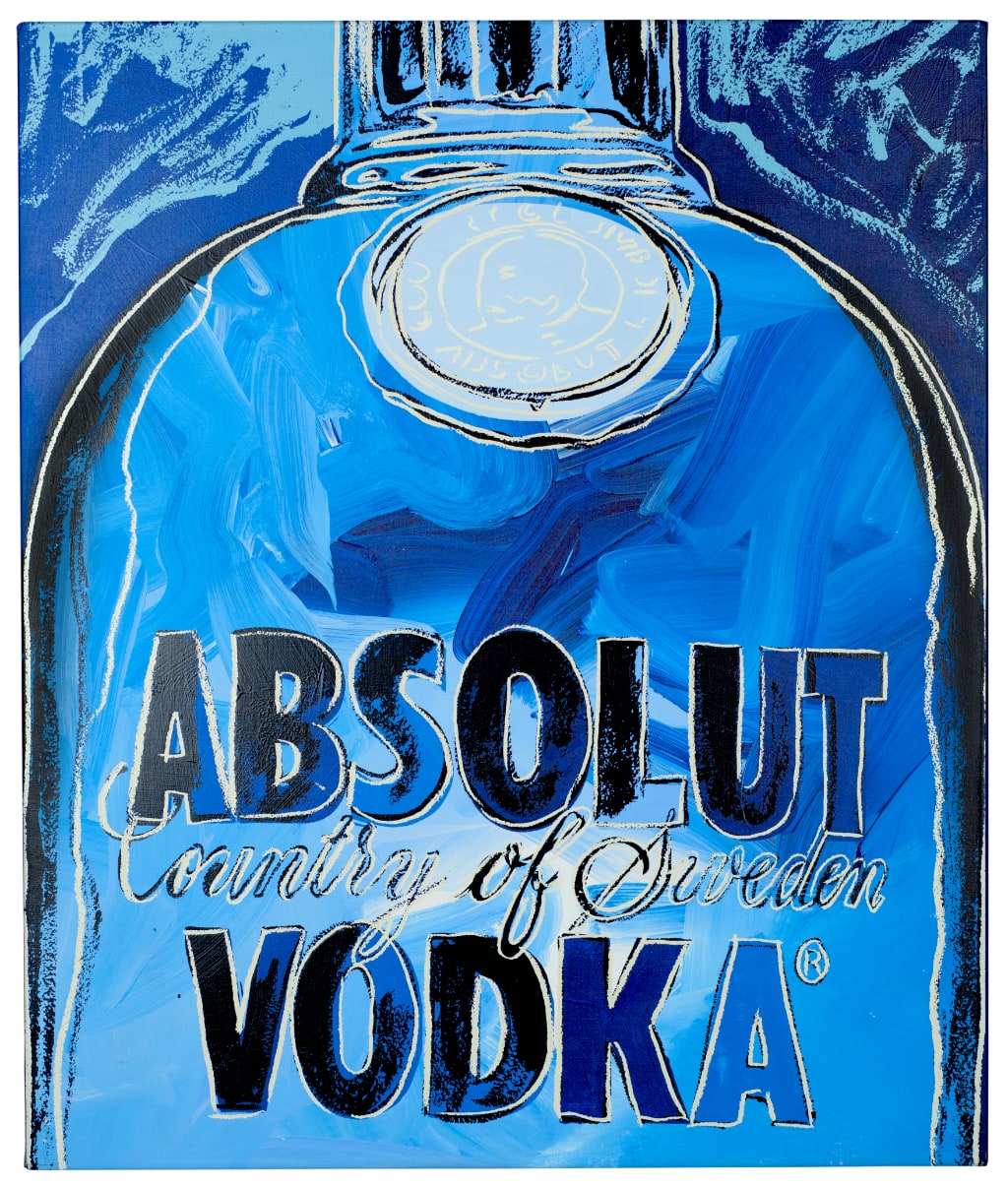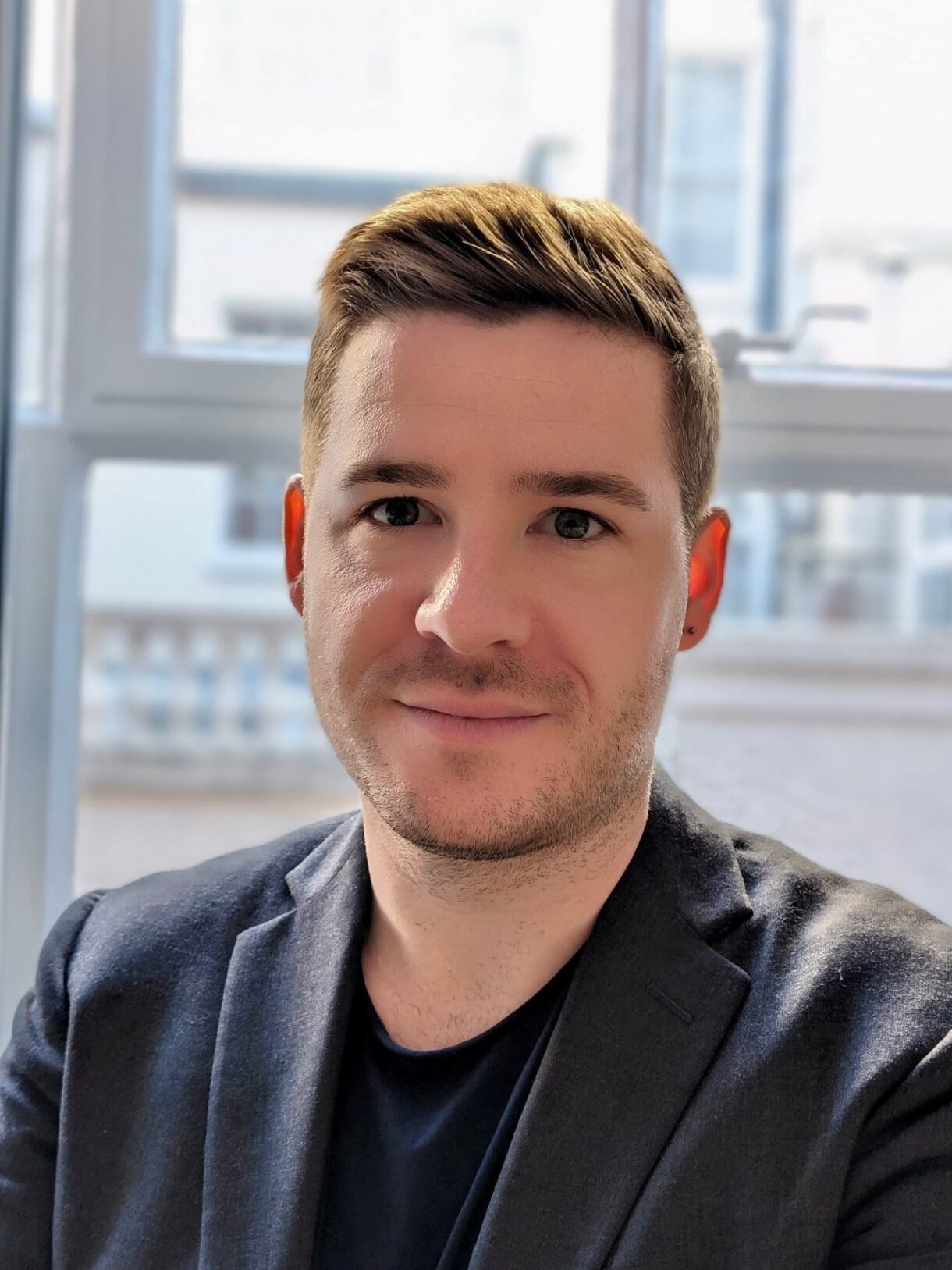Capturing Andy Warhol through his Foundation’s lens
Michael Dayton Hermann has lived and breathed Andy Warhol for over twenty years.
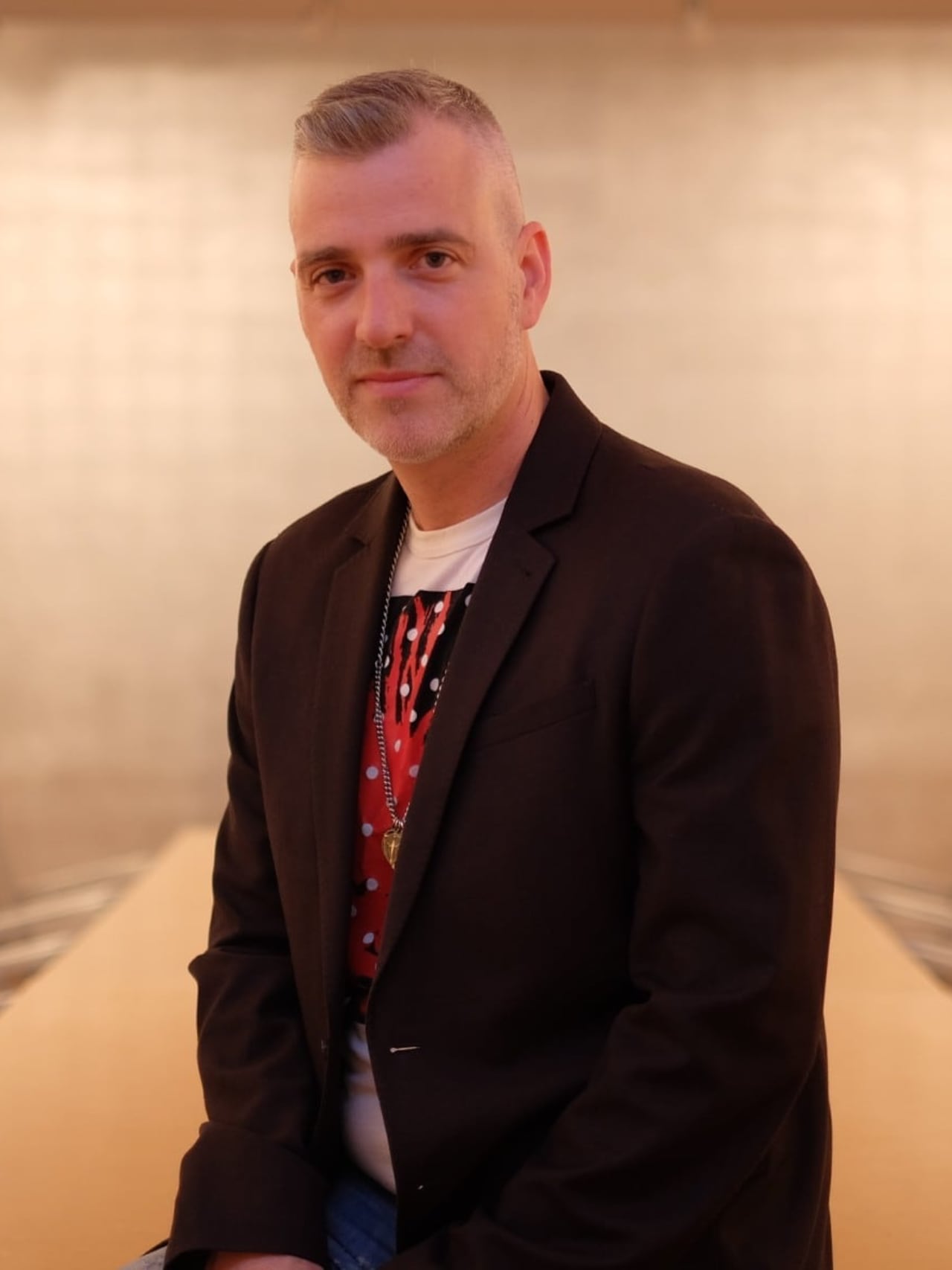
He joined The Andy Warhol Foundation for the Visual Arts on an internship as a student, initially working as a research assistant for the Catalogue Raisonné. Since 2020, as Director of Licensing, Marketing and Sales, he has been ensuring that “Warhol’s legacy and the Foundation’s work are visible to the world in thoughtful ways”. We recently caught up with Michael for a chat to hear his views on Warhol, the Foundation’s work and its collaboration with Absolut. Here’s what he had to say.
Have you always been an admirer of Andy Warhol?
I was at art school when I applied for the internship and at that time a part of me thought that Warhol was a bit overrated. Needless to say, I quickly came to realise how groundbreaking his practice was; to this day I continue to be inspired by him and his work. For me, what I find inspiring is how Warhol refused to be defined by conventions or boxed in. He separated the boundaries between art and commerce. But more importantly, everything he did was part of one creative vision, whether it was founding Interview magazine, making films and videos, taking photographs, writing books, or appearing as a model on a runway. He never wanted to define himself in any one way.
What do you think influenced Andy Warhol to become an artist undefined by conventions?
It is hard to get into somebody’s head, particularly if you never met them, but we are all products of our environment. He had a loving family who accepted him for who he was; a mother who encouraged his creativity and brothers who supported him as well. He was from an impoverished immigrant family, with deep religious roots and grew up in the shadow of the Great Depression. He was a workaholic steeped in the values of ingenuity and perseverance. As a gay man growing up in Pittsburgh at that time, he would have needed grit and determination. All of this, I suspect, coloured who he was.
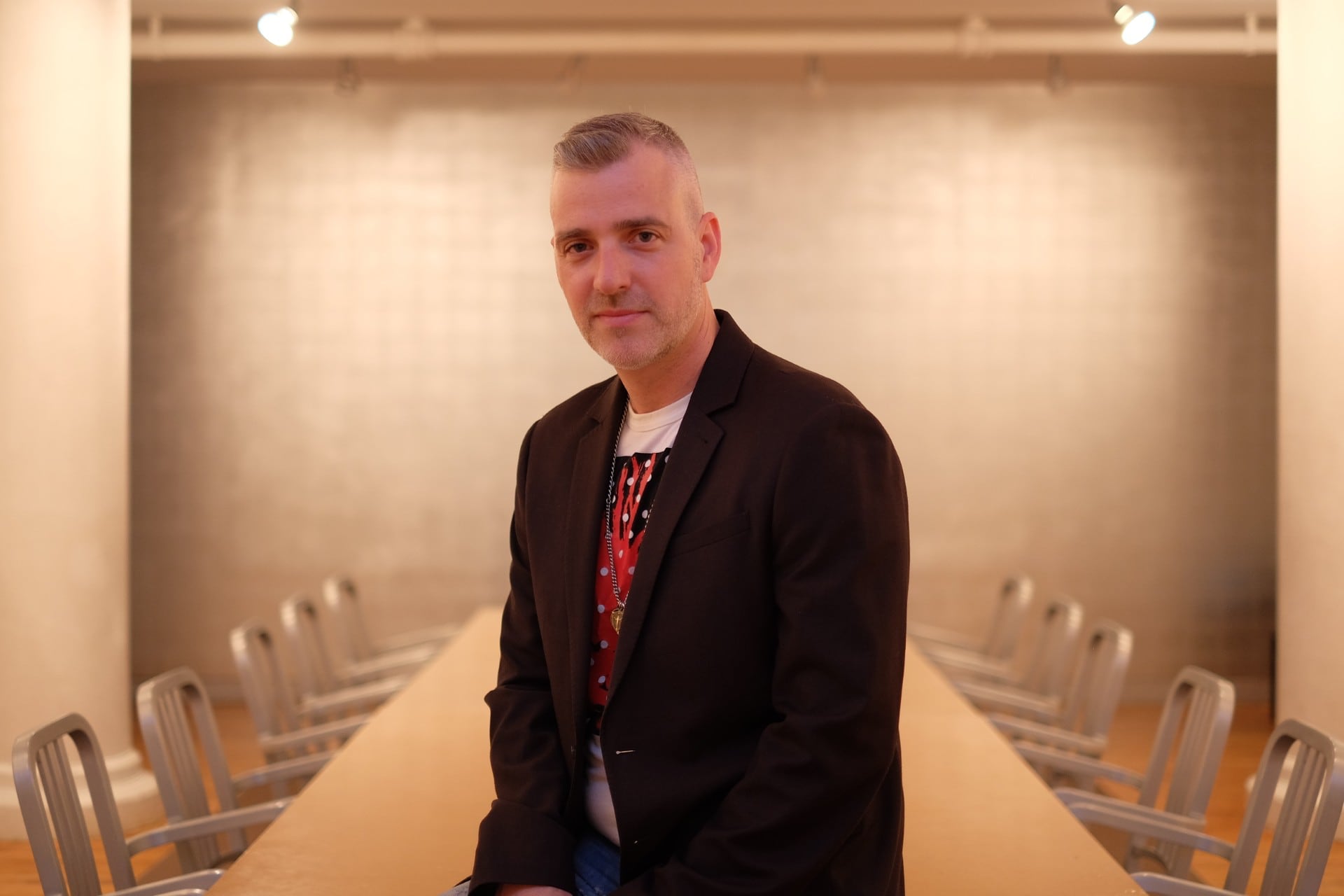
How would you sum up Andy Warhol in one sentence?
Warhol’s work allows us to see society from new and different perspectives and the example he set gives us permission to be our most authentic selves.
Do you agree with the view that Andy Warhol created contemporary culture?
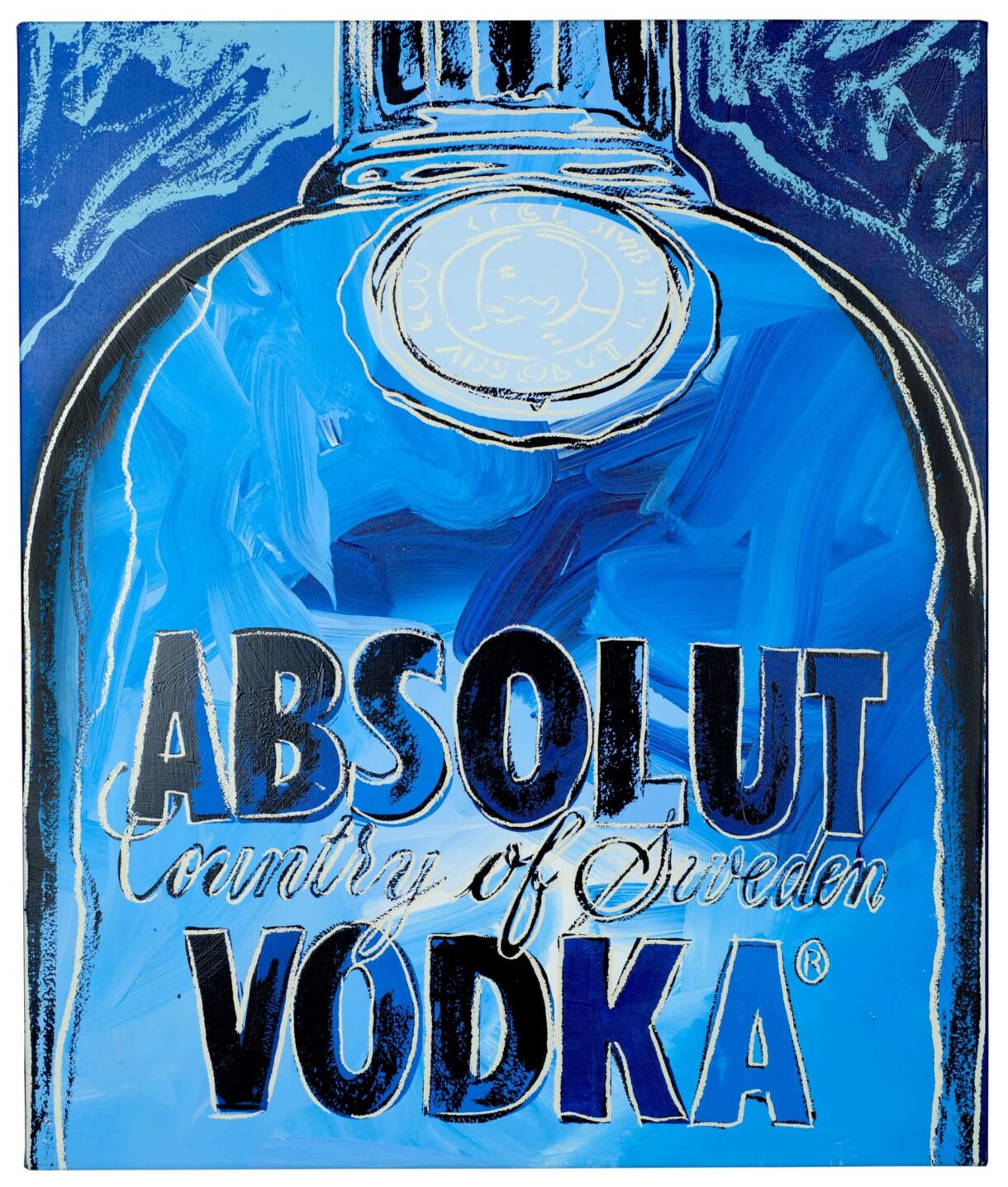
Warhol was hugely influential and way ahead of his time. However, to say one person created contemporary culture would not be fair as he wasn’t the only one who pushed boundaries. That said, culture, as we know it after Warhol, has changed. He inspired us to recognise that art can be whatever you want it to be, telling us, “art is what you can get away with”. Warhol wasn’t so much trying to break into traditional, narrow social circles with established norms as much as he was trying to expand those social circles to be more inclusive of people and ideas. The rise of hyper-individualism and cross-genre creatives can certainly be traced to Warhol. When he was a window designer for department stores, he worked alongside renowned artists Robert Rauschenberg and Jasper Johns. The pair used pseudonyms because they didn’t want their names associated with such commercial work. Warhol, however, proudly put his name on his work. Today, we see Warhol’s expansive vision of contemporary culture amongst creatives in all disciplines, from Pharrell to Mickalene Thomas, who are willing to bravely be their most authentic and honest selves whatever their creative pursuit.
Why do you think Warhol’s art resonates with today’s younger generations?
Warhol trained as a commercial artist so he knew how to communicate visually and make an impact. Aesthetically, he was among the best. Conceptually, his work is incredibly generous. It doesn’t demand our attention; it commands our attention. It makes us ask questions; it presents itself as a mirror of our society allowing us to see the familiar from unexpected perspectives. It is not reductive in the sense of being didactic and telling us what to think. It is saying this is who we are as a society, and I am going to invite you to think more deeply about what that means. It allows you to see things from a different viewpoint.
When a young person today is confronted with a portrait of Marilyn Monroe, they may not know who she is or understand the significance of her films, but they recognise her as an icon of celebrity culture in America. When I chat with young people, they often talk about Warhol the person and the freedom he gives them to be their true, authentic selves celebrating a life defined on their own terms. That influence of Warhol, the person, as well as his art, remains incredibly powerful.
Warhol’s work allows us to see society from new and different perspectives and the example he set gives us permission to be our most authentic selves
In the late 1960s, Warhol memorably said that everybody would be world-famous for 15 minutes. However, he revised that quote in the late 1970s because he said it wasn’t true anymore. Instead, he proclaimed that everybody would be famous in15 minutes. When I first came across that quote 20 years ago, it seemed pithy, but today in the age of social media, it seems quite prescient. He was famous for keeping extensive diaries and taking his camera everywhere, documenting everything from the food he ate to the people he met, in much the same way that we use Instagram or Twitter (or X) to ramble and talk about our everyday lives today. Because he was so ahead of his time, younger generations very much relate to his practices in ways that some of Warhol’s contemporaries do not.
Do you agree that Warhol is one of the most important artists of our time? And if so, why?
I do. Warhol’s art has stood the test of time and continues to resonate in meaningful ways. He made so much art that covered tremendous ground. It has a universality to it that transcends the time and space of contemporary culture from China to the Dominican Republic to Europe and everything in between. For better or for worse, he ushered in an era of hyper-individualism. For example, you have Donald Trump referencing Warhol’s quote, “Being good at business is the best kind of art” while Lady Gaga and Jay-Z talk about how he has been an inspiration to them. Andy Warhol continues to be a guiding light for people globally from all walks of life.
I think it takes confidence and bravery to collaborate successfully
You wrote a book about Warhol’s collaboration with Basquiat. What makes a collaboration successful?
I think it takes confidence and bravery to collaborate successfully. Artists generally have something they wish to say with their artwork. A collaboration is very different because the viewer isn’t so much receiving a message from an artist [on what they have to say] but listening to a conversation among two or more artists. The Warhol/Basquiat collaboration, for example, works incredibly well, because you feel as though you are witnessing a dynamic conversation between two artists that are inspiring and challenging one another. Because of this, their collaborative artworks have a different energy than the works made individually.
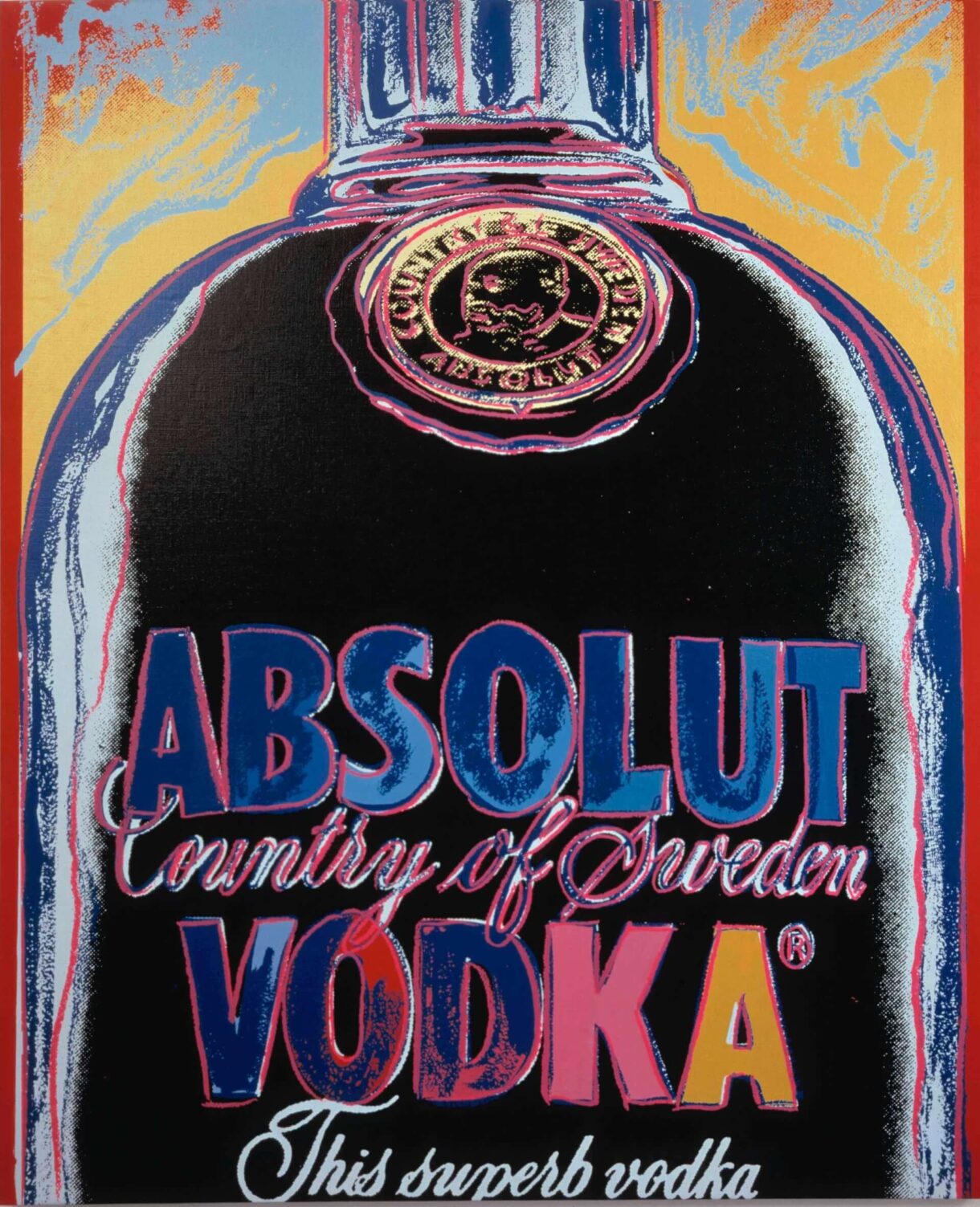
Tell us about the Warhol Foundation
Warhol set forth in his will that nearly all the assets of his estate would go to a philanthropic organisation whose mission would be the advancement of visual art. This is what he wanted for his legacy. It was incredibly generous of him. It is my hope that one day he will be as much known for his philanthropic legacy as for his artistic legacy. To date, we’ve given away close to $300 million in cash grants and donated over 50,000 works of art to 322 cultural institutions worldwide. Our current annual grant budget is about $17 million distributed among approximately 100 different visual arts organisations of varying sizes across the United States. The Foundation has also engaged in numerous endeavours to ensure a deeper understanding of Warhol’s cultural influence including co-founding the Andy Warhol Museum and funding catalogues raisonnés.
What type of artists does the Foundation support?
As staunch advocates of freedom of artistic expression, the Foundation has a long history of standing behind and supporting work that is challenging in nature. We have always sought to highlight the work of under-represented practitioners, especially those engaged in experimental practices. I encourage people to look through our list of grantees as it is one way our values come to life.
How does the Foundation select your partners such as Absolut?
All opportunities we consider are viewed through the lens of stewardship. Since Warhol was incredibly commercial and entrepreneurial, engaging with commercial projects can be quite complimentary and celebratory of his legacy. For us, it is less about what we do and more about how and why we do it. As a creative thinker, Warhol sets a high bar. Working with Absolut on this project is about as authentic of a collaboration as it gets since the relationship goes back decades, starting with Warhol. We are proud that he was the first artist commissioned to be part of the Absolut Art Collection. It is an important part of his legacy and why Warhol will forever be linked with Absolut.
For more information visit https://warholfoundation.org
